The Leica Q is easily one of the brand’s most popular cameras to date because it combines a fast fixed prime lens with a full-frame sensor inside a body that is both stylish and portable. Now, four years on from its debut, the Leica Q2 has arrived on the scene, ready to carry on the tradition of its predecessor. And if the specifications are any indication, it should prove just as popular!
In this comparison preview, we’re going to look at all the ways in which the brand new Q2 compares to its older sibling. Let’s begin!
What they have in common:
- fixed Summilux 28mm f/1.7 ASPH lens with optical stabilisation
- fixed 3-inch LCD panel with 1.04 million dots
- magnesium alloy body
Ethics statement: We were loaned the Leica Q for two weeks. Information about the Q2 is based on the official specifications on the Leica website. We were not asked to write anything about these products, nor were we provided with any sort of compensation. Within the article, there are affiliate links. If you buy something after clicking the link, we will receive a small commission. To know more about our ethics, you can visit our full disclosure page. Thank you!
1. Sensor and processor
The new full-frame CMOS sensor of the Q2 features almost double the resolution of the original Q (47.3MP vs 24.2MP). Coupled with the updated Maestro II processor, it allows for a wider sensitivity range of 50-50,000, and smooth colour and tonal rendering. The base ISO of the original Q is a stop slower at 100 but the top ISO is the same.
We love the image quality of the original Q (especially the colour rendering) but we were a bit disappointed with the dynamic range, which showed its limits when we pushed the shadows. Hopefully the new sensor will improve this since it is rated at 14 stops (versus 13 stops on the predecessor).
Stills can be recorded as 14-bit DNG files and JPGs with either camera.
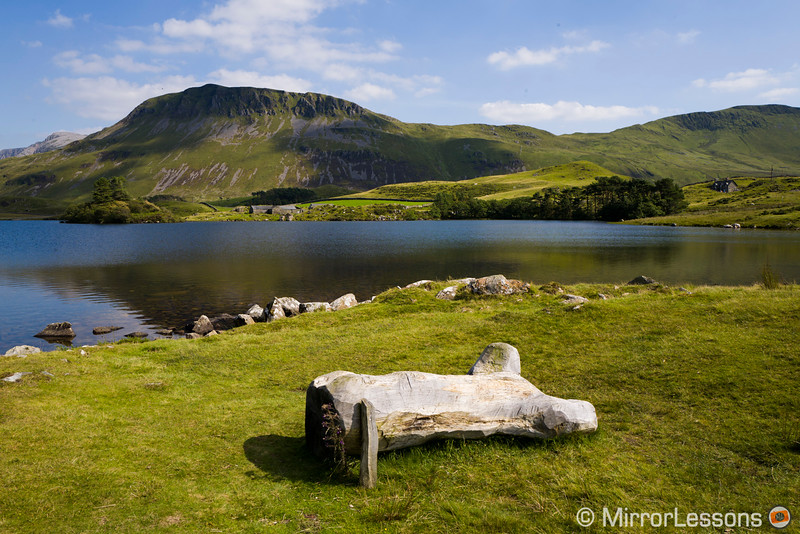
2. Electronic viewfinder
Both cameras feature a high-resolution 3.68MP electronic viewfinder but the Q2 has an updated OLED panel instead of an LCOS (field sequential-type) panel. With the latter, the resolution is divided between the 3 RGB colours (1,228k dots per colour).
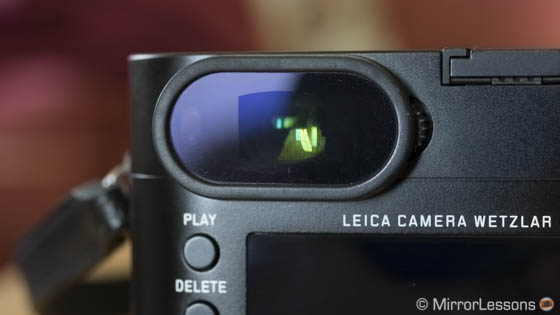
Thanks to the high refresh rate of the Q2 finder, there is hardly any lag and the updated eye sensor allows for faster switching between the EVF and the LCD. Leica also states that the new EVF, in addition to having improved image depth and higher contrast than before, features a higher magnification (0.76x).
3. Battery type and life
The smaller BP-DC 12 lithium battery of the Q has been replaced by the larger and more powerful BP-SCL4 batter on the Q2. It is the same beefy battery used for the Leica SL and should provide 30% more power. (The Q has a battery life of 250 shots whereas the Q2 can fire off 370 before it runs out.)
Interestingly the Q2 provides separate doors for the battery and memory card whereas the Q has a single door. What’s more, to conserve battery life, the Auto OIS mode only activates when you are shooting at 1/60s or below.
4. Digital zoom
Both cameras come with a digital zoom that crops the image sensor to give you different fields of view. On the Q, you can only choose between 35mm and 50mm whereas with the Q2, you also get a 75mm option. This results in a 30MP image at 35mm, 15MP image at 50mm or 6.6MP image at 75mm.
Note that this mode is only effective for SOOC JPGs. The RAW file will keep the original resolution of the sensor.
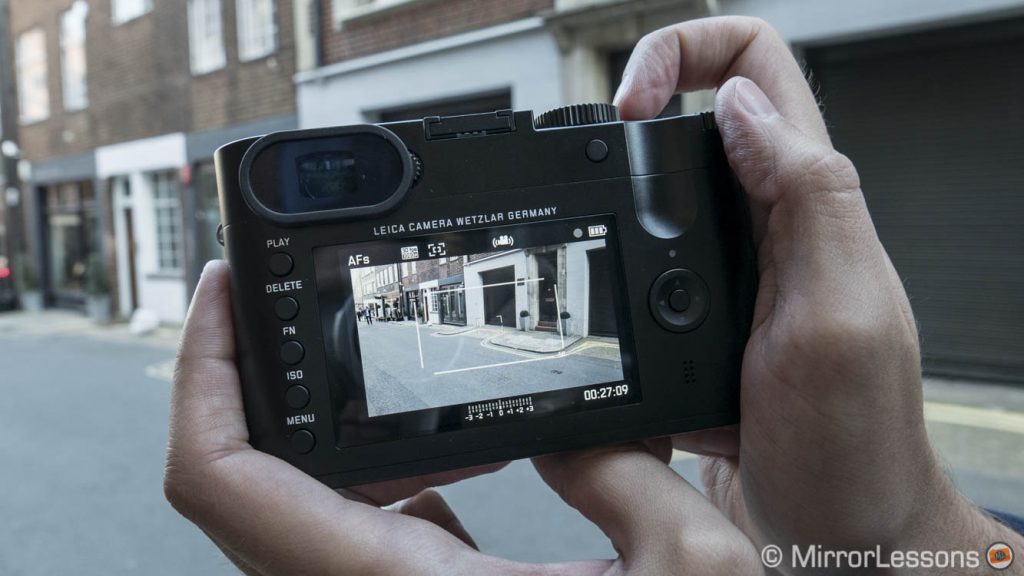
5. Autofocus and burst shooting
Our experience with the autofocus of the original Q was very positive: it was very fast even in low light and macro mode. Leica claims that the Q2 has the fastest autofocus in its class and can lock onto a subject in 0.15s (the speed for the original camera hasn’t been disclosed).
Both cameras use a contrast detection AF system. The Q works with a total of 49 areas whereas the Q2 goes up to 225.
Both cameras can sustain burst speeds up to 10fps with the mechanical shutter (locked focus). However only the Q2 can manage 20fps with the electronic shutter (focus locked).
6. Shutter speeds
Thanks to the improved sensor readout, the Q2 can now shoot at speeds as fast as 1/40,000s with the electronic shutter. That’s up from 1/16,000s on the original Q. With the mechanical shutter, the Q2 can go as slow as 60s, as opposed to 30s on the previous model. Both have a fastest speed of 1/2000s.
The maximum flash sync is 1/500s on the Q whereas the Q2 can work up to 1⁄ 2000s.
7. Video
Unlike the original Q which was only able to film in Full HD up to 60fps, the new Q2 can shoot in 4K format (3840×2160) at 30fps or 24fps and Cinema 4K (4096×2160) at 24fps. It also offers Full HD at 60 or 120fps for slow motion results.
8. Controls and design
At first glance, the two cameras look very similar, but a closer look reveals a few differences in the layout of the controls.

For instance, the power switch no longer doubles as a drive mode selector, the video button has disappeared from the top plate, and there are three buttons on the left-hand side rather than five.

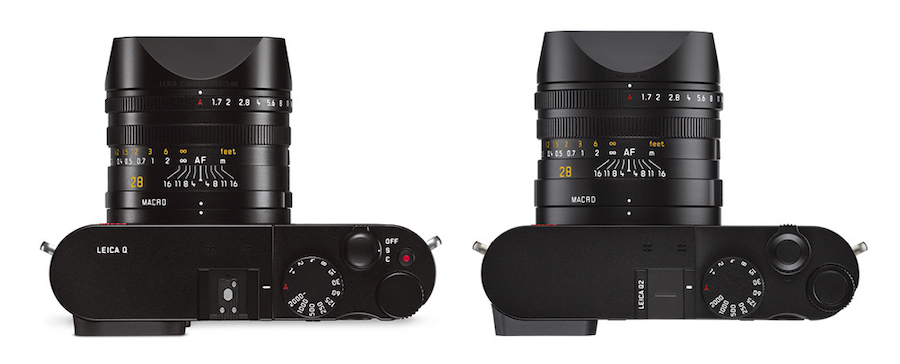
The top control dial now contains a built-in function button and there is a new diopter correction dial which you can pop out when needed.
The Q2 is also a little heavier than the original Q (718g vs 640g) and ever so slightly deeper.
- Q: 130.0 x 80.0 x 91.9 mm
- Q2: 130.0 x 80.0 x 93 mm
9. Weather-sealing
The original Q doesn’t feature any sort of weather-sealing, which was something that bothered a lot of users. This is why the new Q2 comes with dust and moisture resistance to IP52 standard. All this means is that it can stand up to a light rain shower but shouldn’t be fully immersed in water or used in very heavy downpours.
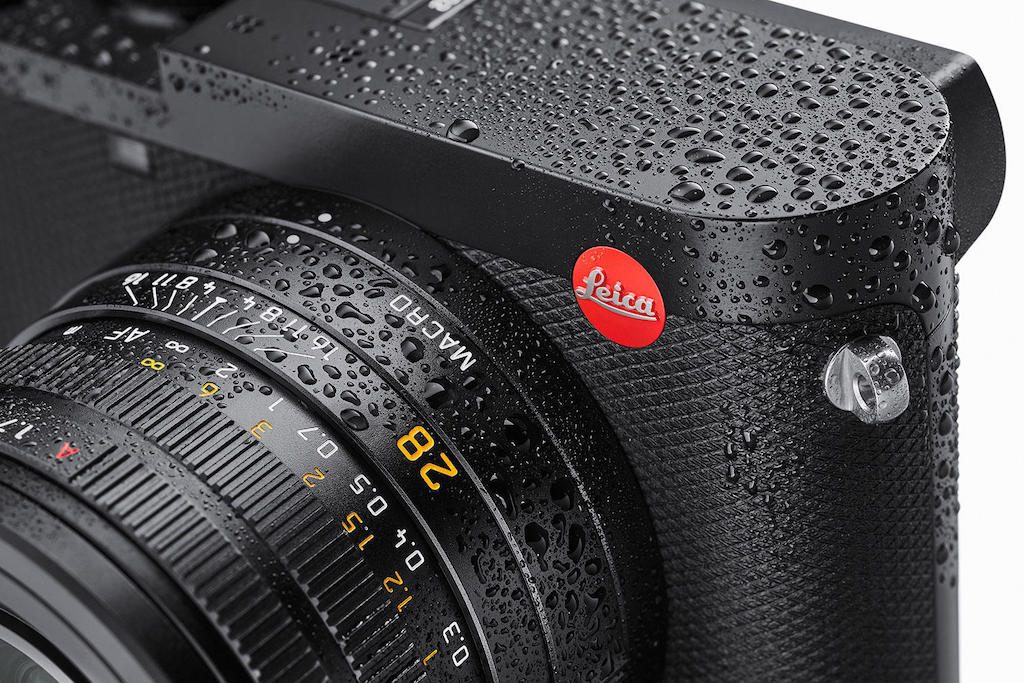
10. Bluetooth connectivity
Whereas the Q comes with WiFi and NFC, the Q2 replaces NFC with Bluetooth connectivity. You can use it to maintain a constant connection with Leica’s Fotos app on your smart device.
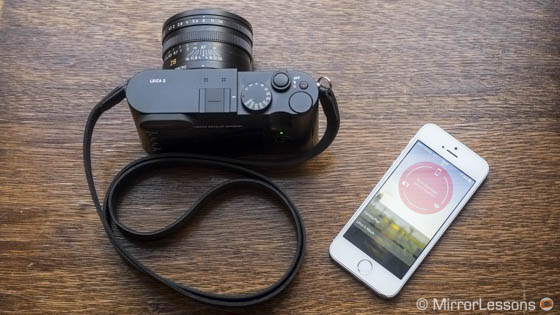
Conclusion
The final difference worth considering is the price. The original Q is already expensive at $3995 US but be prepared: the Q2 will take an additional $1000 chunk out of your wallet.
The biggest temptation of the Q2 is of course the new 47.3MP full-frame sensor but you might also be drawn in by the improved EVF, better video, burst and flash capabilities, or the addition of weather-sealing. In short, there’s no question that the Q2 is the better camera, but only you can decide whether these upgrades merit the extra cost in comparison to the original Q.
